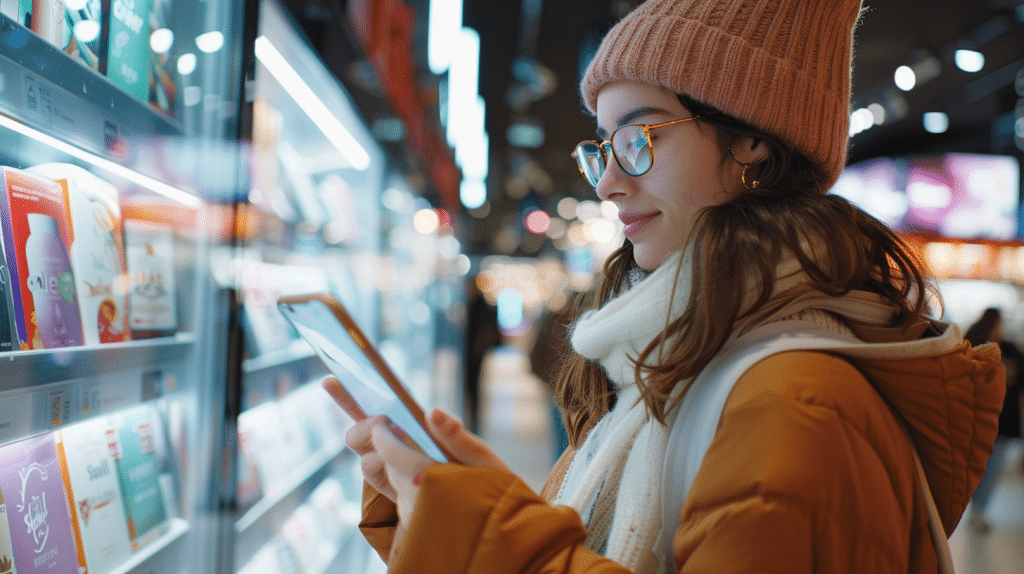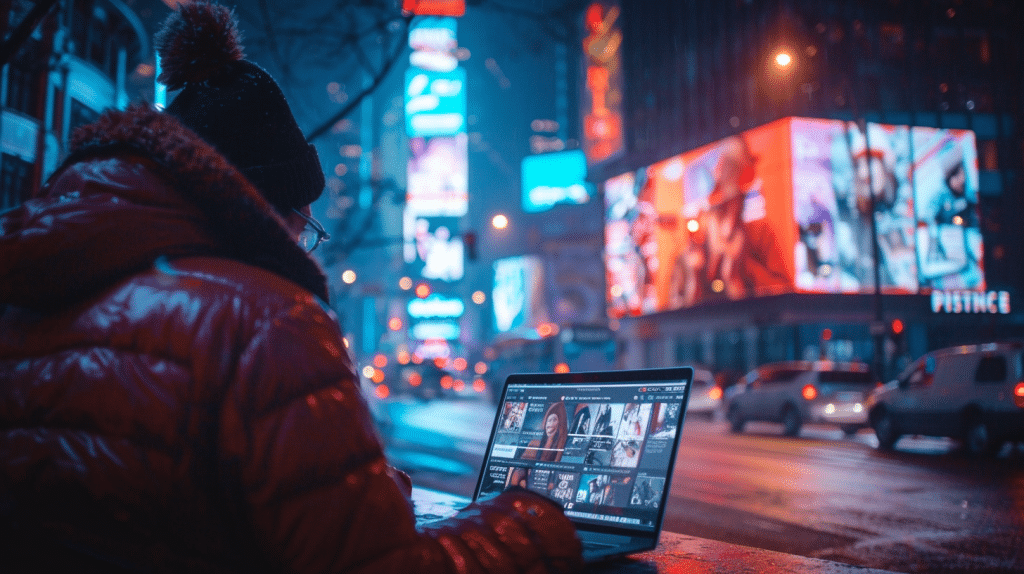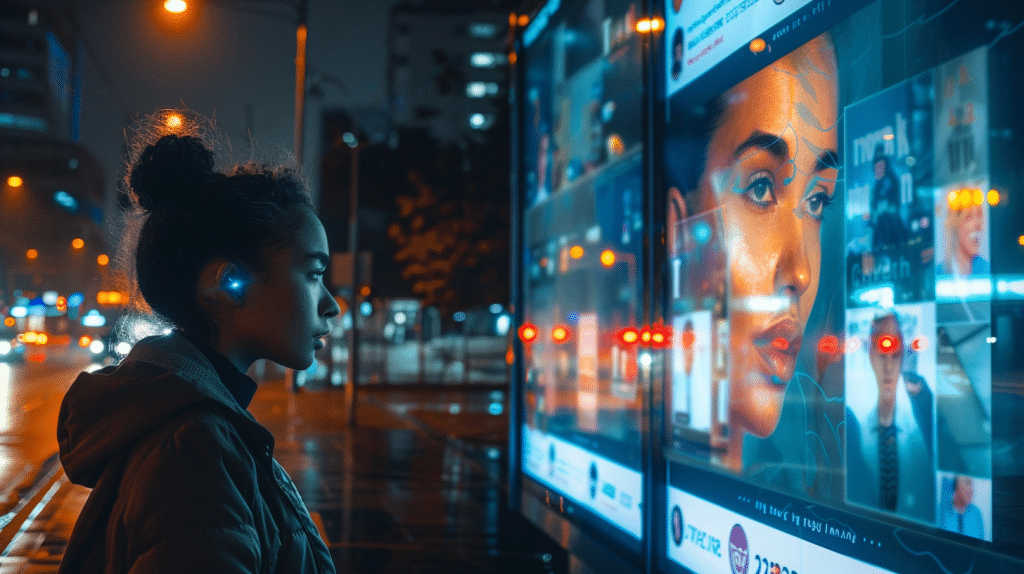Mastering Marketing Synergy: Elevate Your Brand with Strategic Media Integration

In today’s competitive marketing landscape, achieving marketing synergy across various media channels is essential for creating a cohesive and impactful brand narrative.
By strategically combining online and offline strategies, leveraging unique storytelling techniques, and enhancing engagement through personalized experiences, brands can significantly elevate customer engagement and loyalty.
Evolving trends such as personalization, AR/VR experiences, and the dominance of video content further amplify the effectiveness of marketing campaigns.
This comprehensive approach ensures that brands resonate deeply with consumers, maximizing their impact and fostering long-term loyalty.
Table of Contents
The Power of Storytelling in Campaigns
The cornerstone of successful marketing campaigns lies in the art of weaving compelling narratives that captivate audiences, driving engagement and brand loyalty.
Crafting a narrative that resonates with consumers on an emotional level can lead to long-lasting connections with the brand.
By leveraging storytelling in campaigns, brands can create a unique identity that sets them apart from competitors, fostering customer loyalty and advocacy. Data-driven insights play a pivotal role in understanding the audience’s preferences and tailoring the narrative to meet their needs effectively.
Strategic deployment of storytelling techniques across various marketing channels guarantees a consistent brand message, maximizing the impact of the campaign.
Ultimately, by mastering the art of storytelling, brands can create memorable experiences that leave a lasting impression on their target audience.
Leveraging Multiple Media Channels

Leveraging multiple media channels in marketing campaigns amplifies the narrative impact and expands brand reach through the strategic integration of diverse platforms.
- Enhanced Audience Engagement: Engaging audiences across various channels increases interaction and creates a more immersive brand experience.
- Increased Brand Visibility: Utilizing multiple media channels increases the chances of reaching a wider audience and reinforces brand presence.
- Improved Campaign Effectiveness: By strategically combining different media channels, marketers can reinforce messaging, drive conversions, and maximize campaign impact.
Integrating Online and Offline Strategies
Integrating online and offline strategies in marketing campaigns requires a meticulous approach that seamlessly blends digital and traditional tactics to optimize brand engagement and drive conversions.
By strategically combining online channels like social media, email marketing, and website content with offline methods such as print ads, direct mail, and events, brands can create a cohesive and impactful marketing strategy.
Data-driven insights play a pivotal role in identifying the most effective channels for reaching target audiences and maximizing ROI.
Leveraging the strengths of both online and offline strategies allows companies to create a unified brand experience that resonates with consumers across various touchpoints, ultimately leading to increased brand awareness, customer loyalty, and business growth.
Enhancing Engagement Through Synergy
- Personalized Omnichannel Experiences: Tailoring messages across all touchpoints.
- Integrated Data Analytics: Utilizing data to optimize engagement strategies.
- Interactive Content Campaigns: Engaging customers through interactive experiences.

Evolving Trends in Modern Marketing
What are the emerging trends reshaping the landscape of modern marketing strategies and consumer engagement?
In today’s dynamic marketing environment, personalization is key. Tailoring content to individual preferences and behaviors using data analytics drives engagement.
Interactive experiences through augmented reality (AR) and virtual reality (VR) are gaining momentum, providing immersive brand interactions.
Influencer marketing continues to be a powerful tool, with nano- and micro-influencers proving effective in niche markets.
Video content remains dominant, with short-form videos like TikTok gaining popularity.
Voice search optimization is on the rise as more consumers use voice assistants for searches.
Chatbots and AI technologies are enhancing customer service and personalization.
To stay ahead, marketers must adapt to these trends and innovate their strategies for maximum impact.
Frequently Asked Questions
How can storytelling enhance marketing campaigns?
Storytelling enhances marketing campaigns by creating compelling narratives that captivate audiences and foster emotional connections with the brand.
By weaving stories that resonate on a personal level, brands can differentiate themselves from competitors, build customer loyalty, and drive engagement. Effective storytelling utilizes data-driven insights to tailor narratives to audience preferences, ensuring a consistent and impactful brand message across all marketing channels.
Ultimately, storytelling transforms marketing efforts into memorable experiences that leave a lasting impression on consumers.
What are the benefits of leveraging multiple media channels in marketing?
Leveraging multiple media channels in marketing expands brand reach and amplifies the narrative impact.
Engaging audiences across various channels enhances interaction and creates a more immersive brand experience. This approach increases brand visibility by reaching a wider audience and reinforcing brand presence.
Moreover, integrating diverse platforms improves campaign effectiveness by reinforcing messaging, driving conversions, and maximizing overall impact. Utilizing multiple media channels allows marketers to create a unified brand experience that resonates with consumers at different touchpoints.
How can brands integrate online and offline marketing strategies effectively?
Brands can integrate online and offline marketing strategies by seamlessly blending digital and traditional tactics to optimize engagement and drive conversions.
This involves combining online channels like social media, email marketing, and website content with offline methods such as print ads, direct mail, and events. Data-driven insights help identify the most effective channels for reaching target audiences, ensuring a cohesive brand experience across all touchpoints.
This integrated approach leads to increased brand awareness, customer loyalty, and business growth.
What role does personalization play in modern marketing?
Personalization is a key trend in modern marketing, driving engagement by tailoring content to individual preferences and behaviors using data analytics.
Personalized experiences create a deeper connection with consumers, enhancing satisfaction and loyalty. By delivering relevant content that meets specific needs, brands can increase engagement, improve customer experiences, and foster long-term relationships.
Personalization also allows for more effective targeting, leading to higher conversion rates and improved ROI.
What are some emerging trends in marketing that brands should embrace?
Emerging trends in marketing that brands should embrace include personalization, interactive experiences through augmented reality (AR) and virtual reality (VR), influencer marketing, short-form video content, voice search optimization, and AI-driven customer service.
Personalization uses data analytics to tailor content, while AR/VR provide immersive brand interactions. Influencer marketing, especially with nano- and micro-influencers, is effective in niche markets.
Short-form videos, like those on TikTok, are gaining popularity, and optimizing for voice search is becoming essential as more consumers use voice assistants. AI technologies, including chatbots, enhance customer service and personalization, driving engagement and loyalty.
Share:
Search our blog:
Follow us on:
